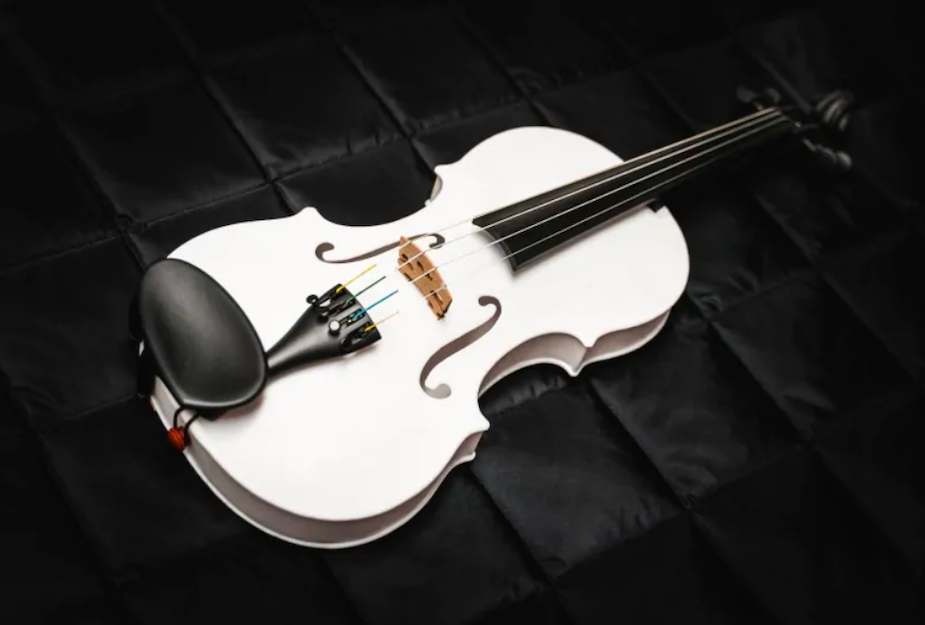Yesterday, in Ottawa City, Canada the world premiere of 3D String Theory took place. This all-female ensemble played only 3D printed string instruments.
The Ottawa Symphony Orchestra showcased the 8-woman ensemble in the world premiere of an original composition, Singularity, by composer Harry Stafylakis. The music was written especially for the 3D string octet and orchestra. Ottawa Symphony Music Director, Alain Trudel, led the ensemble.
Mary-Elizabeth Brown is a member of the Ottawa Symphony Orchestra and played the lead violin. She explains that, although the instruments were made using 3D printers, the untrained ear probably won’t be able to hear the difference.
“I’ve had people hear both side by side and then ask me after which is which… sounds a little bit different. It has a darker, more mellow tone to it, but it feels about the same to play,” she explains.
The ticketed portion of the 3D String Theory event sold out completely and visitors also enjoyed the chance to walk through the main corridor of City Hall and experience chamber ensembles. Some were 3D printed while others were traditionally made.

Developing the 3D Printed Instruments for 3D String Theory
In order to develop the 3D printed instruments, the musicians worked closely with engineers. It was essential to make sure the results sounded like traditionally made instruments.
However, it wasn’t a simple process. Brown explains that the first prototype they developed was too heavy and uncomfortable to play. So, they began experimenting with more shapes and different materials until striking upon the right combination.
Brown adds that the final violin doesn’t sound much different from the original. She explains: “If we think about sound in terms of light, the 3D printed violin has a more diffuse kind of light, it’s kind of like an incandescent light bulb. A violin that’s made of wood tends to be more like a spotlight. It has a very focused sound that travels further.”
As well as being a professional violinist, Brown is also a music teacher. She teaches via the internet to people all over the world. But, she explains that, in many countries, coming by an instrument is either too expensive or almost impossible.
She said: “Sometimes it’s hard to get a violin to the Arctic circle… But if there’s a 3D printer in that community, we could easily print a fractional-sized violin so that a child could start… We know so much more about the benefits of music to the developing brain, so this, I hope, will bring more access to more people.”
Visit the Ottawa Symphony website to learn more about the 3D String Theory.
Source: CBC
License: The text of "Ottawa String Ensemble Perform World Premiere on 3D Printed Instruments" by All3DP is licensed under a Creative Commons Attribution 4.0 International License.